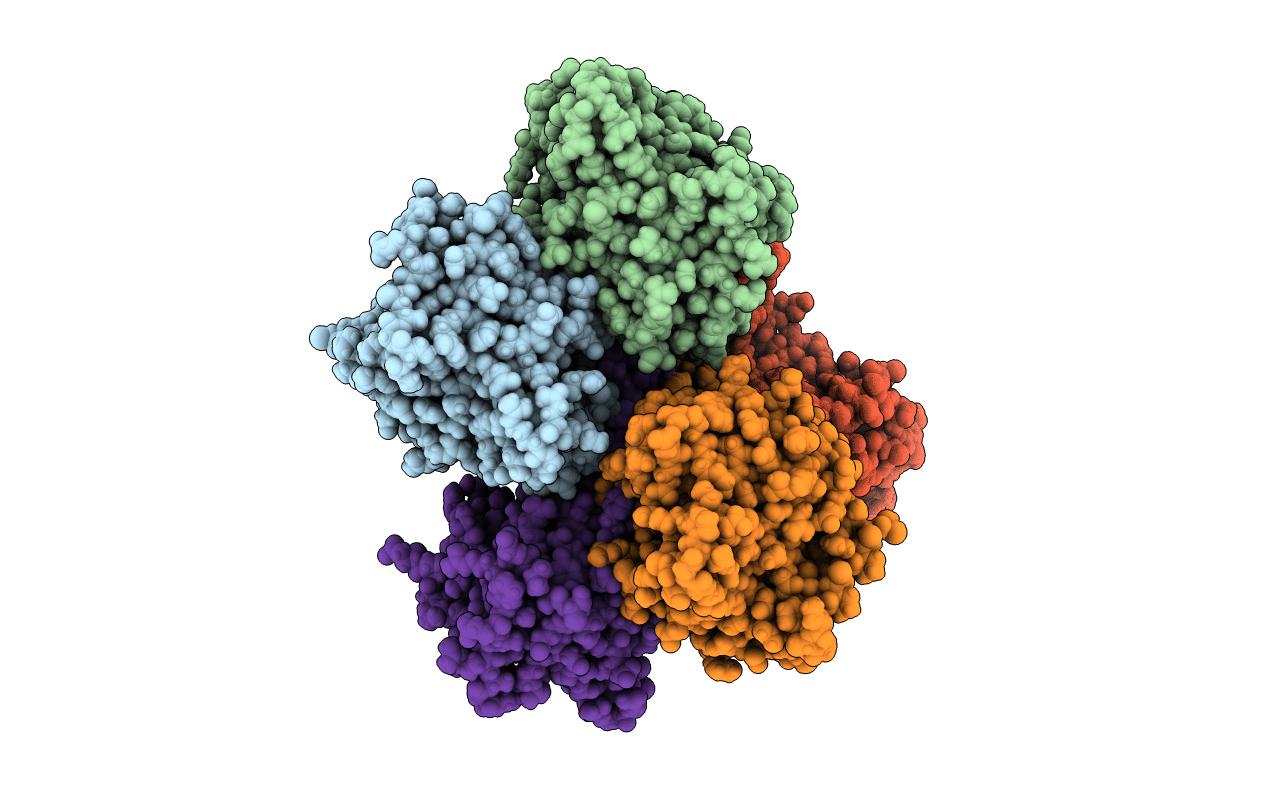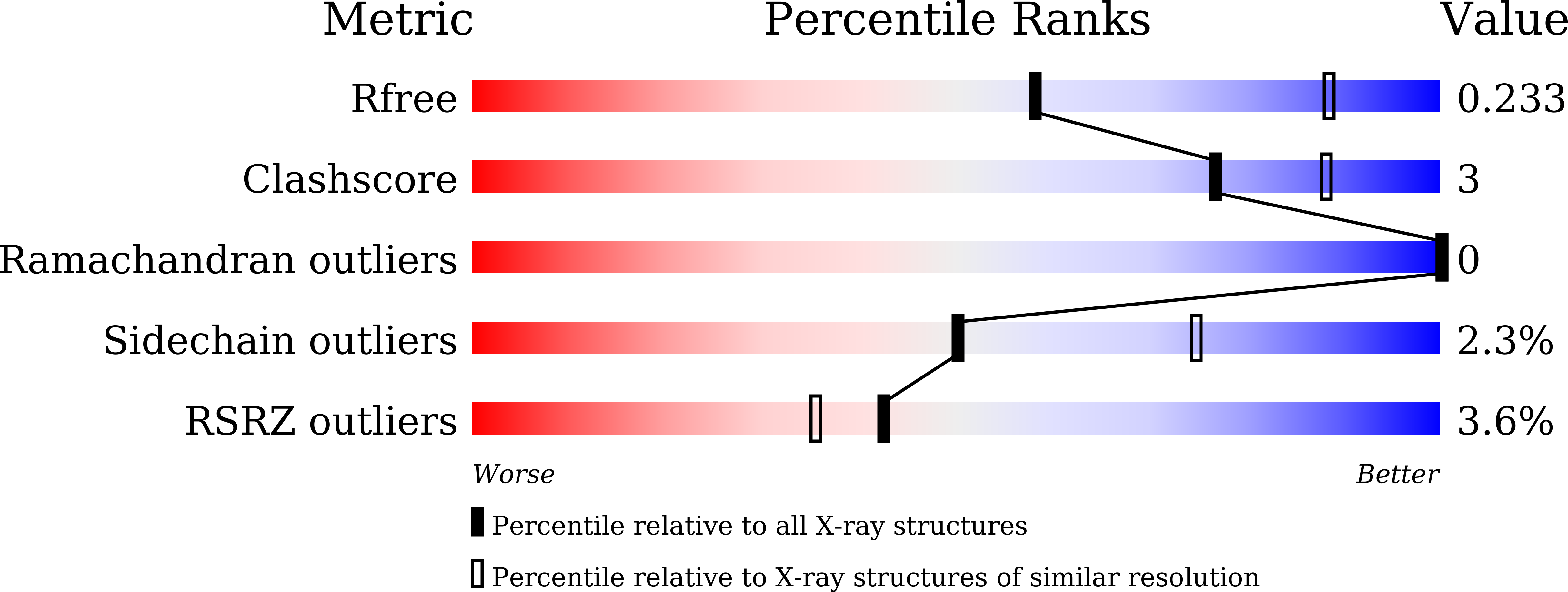
Deposition Date
2020-08-07
Release Date
2020-10-14
Last Version Date
2023-11-29
Entry Detail
PDB ID:
7CPM
Keywords:
Title:
CRYSTAL STRUCTURE OF DODECAPRENYL DIPHOSPHATE SYNTHASE FROM THERMOBIFIDA FUSCA
Biological Source:
Source Organism:
Thermobifida fusca (strain YX) (Taxon ID: 269800)
Host Organism:
Method Details:
Experimental Method:
Resolution:
2.60 Å
R-Value Free:
0.23
R-Value Work:
0.18
Space Group:
P 21 21 21


